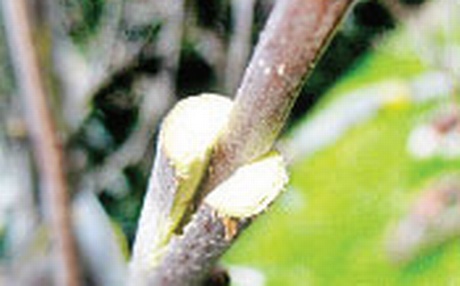As many as two new Scion Bank Nurseries producing high yielding grafts of different varieties of fruit plants and others are being planned at Moinabad on the city outskirts by the Hyderabad Metropolitan Development Authority (HMDA) shortly.
The two new scion bank nurseries have been proposed at Peddmangalaram village in about 50 acres land and Kanakamaidi village in Moinabad mandal of Rangareddy in about 100 acres of land at a cost of `20 crore each.
These two villages fall under the GOMs 111. For the developing the nurseries, HMDA has requested the State Government to transfer the above said lands to them from the Revenue Department so that they can take up the works. The HMDA which already established a scion bank nursery at Tellapur is developing high yielding grafts of different varieties of mango, amla, pomegranate, sapota, seethaphal, jamun, acid lime and tamarind, according to HMDA officials.
The grafts are established through approach, bud and veneer grafting techniques. The scientific management of scion bank yields from 50,000 to 75,000 grafted seedlings per annum.
Presently, the HMDA is making attempts for environment upgradation of Hyderabad metropolitan area by developing and supplying various types of nursery seedlings for multiple urban uses like ornamental plants, shade bearing plants, fruit bearing plants, fodder and fuel needs of the urban and peri urban population. As many as 10 central nurseries are maintained by the Urban Forestry Wing all around HMA area at Mental Hospital Campus in Erragadda, Airforce Station Land at Hakeempet, Pedda Cheruvu in Nacharam, Bomrukdowla at Rajendranagar, Vanasthalipuram, Yapral, Cherlapalli, Shamshabad, Tellapur and Kapra etc.
In the scion nursery, just a stump, which already has an established healthy root system, is grafted with a cutting or a bud from another plant. In some cases, such as grapes and other fruit-bearing plants, cuttings are used for rootstocks, the roots being established in nursery conditions before planting them out.
The plant part grafted onto the rootstock is usually called the scion. The rootstock is selected for its interaction with the soil, providing the roots and the stem to support the new plant, obtaining the necessary soil water and minerals. After a few weeks, tissues of two parts will have grown together, eventually forming a single plant.
The use of rootstocks is commonly associated with fruit-bearing plants and trees, but is the only way to mass propagate many other types of plants that do not breed true from seed.
source: http://www.newindianexpress.com / The New Indian Express / Home> Cities> Hyderabad / by S. Bachan Jeet Singh – Hyderabad / December 13th, 2013
